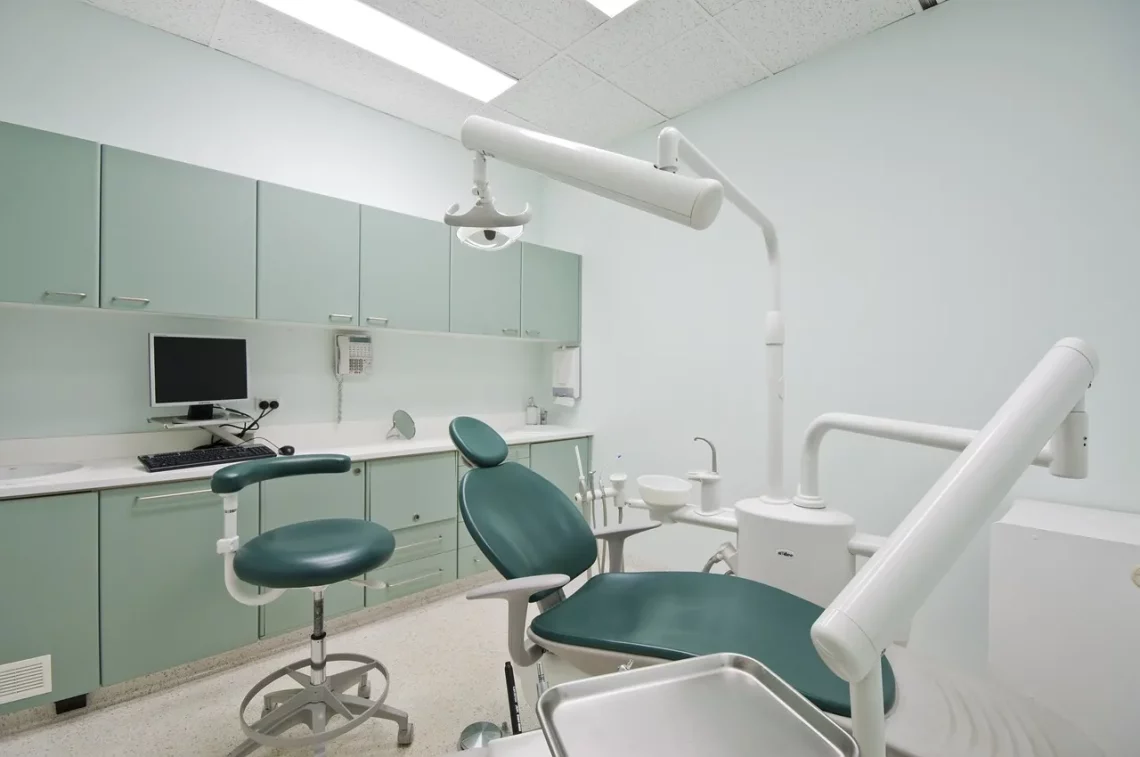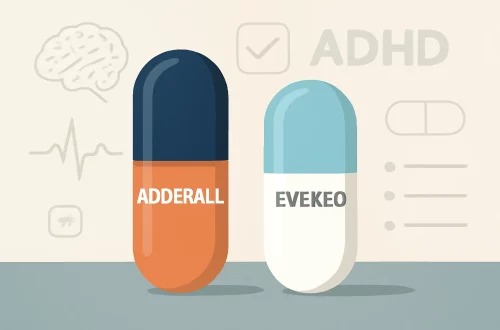
Understanding the Dental Canine Chart for Optimal Oral Health
Oral health is a crucial aspect of overall well-being, yet it is often overlooked in our daily routines. Many people are unaware of the complexities involved in maintaining a healthy mouth, particularly when it comes to understanding the dental canine chart. This chart is a vital tool for both dental professionals and patients, providing a visual representation of the position and condition of teeth, particularly the canines. These teeth play a significant role in our oral function, impacting everything from biting and chewing to the alignment of our jaws.
The canines, also known as cuspids, are located at the corners of the mouth and are essential for the proper functioning of the dental arch. They help guide our teeth during chewing and contribute to the aesthetics of our smiles. Understanding the dental canine chart can empower individuals to take charge of their oral health, enabling better communication with dental professionals and informed decisions regarding treatments and preventive care. By becoming familiar with this chart, patients can more easily identify potential issues and understand the recommendations provided by their dentists. This knowledge can lead to improved oral hygiene practices and a greater appreciation for the importance of regular dental check-ups.
The Importance of the Canine Teeth in Oral Health
Canine teeth, also referred to as cuspids, are often overlooked in discussions about dental health. However, these teeth serve several critical functions that are essential for maintaining oral health. Positioned on either side of the incisors, canines are the sharpest teeth in the mouth and are designed for tearing food. Their pointed shape allows them to effectively grip and shred various types of food, making them indispensable during the eating process.
Beyond their functional role, canines also contribute significantly to the overall structure of the mouth. They play a vital part in supporting the facial structure and maintaining proper alignment of the dental arch. This alignment is crucial for the distribution of bite forces during chewing, which helps prevent excessive wear on other teeth and reduces the risk of jaw pain and misalignment issues.
Moreover, canines are essential for proper speech. The positioning of these teeth influences how sounds are formed and can affect clarity while speaking. Any misalignment or absence of canines can lead to difficulties in articulation, making them an integral part of both oral function and communication.
In addition to these functional aspects, canines also have aesthetic importance. A well-aligned and healthy set of canine teeth contributes to the overall appearance of a person’s smile. Many people prioritize their smile’s aesthetics, and the condition of the canine teeth plays a pivotal role in achieving a balanced and attractive smile.
Regular dental check-ups are essential for monitoring the health of canine teeth. Dentists can identify potential issues such as cavities, gum disease, or misalignment that may affect not only the canines but also the surrounding teeth. By understanding the importance of these teeth and their role in overall oral health, individuals can better prioritize their dental care and address any concerns with their dental professionals.
Reading the Dental Canine Chart: A Guide
The dental canine chart serves as a visual representation of the positioning and health status of the canine teeth. Understanding how to read this chart is beneficial for both dental professionals and patients alike. The chart typically displays a diagram of the mouth, showing the arrangement of all teeth, including the canines. Each tooth is represented by a specific symbol, often accompanied by a code indicating its health status.
When examining the dental canine chart, it is essential to recognize the position of the canines within the overall dental arch. The upper canines are located adjacent to the upper lateral incisors, while the lower canines are situated next to the lower lateral incisors. This positioning is crucial for understanding bite alignment and functional dynamics.
In addition to their anatomical position, the chart may include important information regarding the health of the canines. Common indicators on the chart may denote the presence of cavities, fillings, or signs of gum disease. For instance, a filled cavity might be marked with a specific symbol, alerting both the dentist and the patient to the need for ongoing monitoring or treatment.
Furthermore, the dental canine chart can indicate any misalignment issues, such as crowding or spacing problems. These conditions can lead to functional challenges and should be addressed promptly to avoid further complications. Understanding these aspects allows patients to engage in informed discussions with their dentists about potential treatments, including orthodontic options or restorative procedures.
By familiarizing themselves with the dental canine chart, patients can take a proactive approach to their oral health. This understanding not only aids in recognizing potential issues early but also fosters a collaborative relationship with dental professionals, enabling more effective treatment planning and care.
Common Issues Affecting Canine Teeth
Despite their importance, canine teeth can be susceptible to various dental issues. Understanding these common problems can help individuals take preventive measures and seek timely treatment when necessary.
One of the most prevalent issues affecting canines is dental caries, or cavities. These occur when plaque buildup leads to the demineralization of tooth enamel. Canines, being prominent teeth, are often exposed to higher levels of bacteria and food particles, making them more vulnerable to decay. Regular brushing and flossing, along with routine dental check-ups, are essential in preventing cavities from developing in these critical teeth.
Another common issue is periodontal disease, which affects the gums surrounding the teeth. This condition can lead to gum inflammation, recession, and even tooth loss if left untreated. Canines are particularly at risk for periodontal disease due to their position in the mouth, where plaque and tartar can accumulate. Maintaining good oral hygiene practices is crucial in preventing gum disease and ensuring the longevity of canine teeth.
Misalignment is another concern that can affect the functionality of canines. When the canines are not properly aligned with the rest of the teeth, it can lead to difficulties in biting and chewing, as well as increased wear on surrounding teeth. Orthodontic treatment may be necessary to correct misalignment issues and ensure proper dental function.
Additionally, trauma to the canine teeth can occur due to accidents, sports injuries, or teeth grinding. Such trauma can lead to fractures, chips, or even dislodgment of the teeth. In these cases, prompt dental attention is crucial to assess the damage and determine the appropriate treatment.
By being aware of these common issues, individuals can take proactive steps to safeguard their canine teeth. Regular dental visits, maintaining a diligent oral hygiene routine, and adopting healthy habits can significantly contribute to the overall health of these essential teeth.
Maintaining Optimal Canine Health: Best Practices
Maintaining optimal health for canine teeth is essential for overall oral health. Implementing best practices can significantly reduce the risk of dental issues and promote longevity for these important teeth.
First and foremost, establishing a consistent oral hygiene routine is crucial. This includes brushing teeth at least twice a day with fluoride toothpaste and using dental floss to clean between teeth. Special attention should be given to the canines, as plaque can accumulate around these teeth more readily due to their position.
In addition to regular brushing and flossing, using an antibacterial mouthwash can help reduce bacteria in the mouth and support gum health. This extra step can be particularly beneficial for individuals at a higher risk of periodontal disease.
Diet also plays a significant role in maintaining canine health. A balanced diet rich in nutrients supports overall dental health. Limiting sugary and acidic foods can reduce the risk of cavities and decay. Incorporating crunchy fruits and vegetables can also help clean teeth naturally and stimulate gum health.
Regular dental check-ups are essential for monitoring the health of canine teeth. Dentists can perform professional cleanings to remove tartar buildup and check for any signs of dental issues. Early detection of problems can lead to more effective treatments and better outcomes.
Lastly, being mindful of habits that can harm dental health, such as teeth grinding or using teeth as tools, is essential. Protecting the teeth during sports or high-risk activities with mouthguards can also prevent trauma to the canines and surrounding teeth.
By implementing these best practices, individuals can maintain optimal health for their canine teeth, contributing to overall oral health and a beautiful smile.
**Disclaimer:** This article is for informational purposes only and should not be considered medical advice. Always consult a healthcare professional for health-related concerns.




